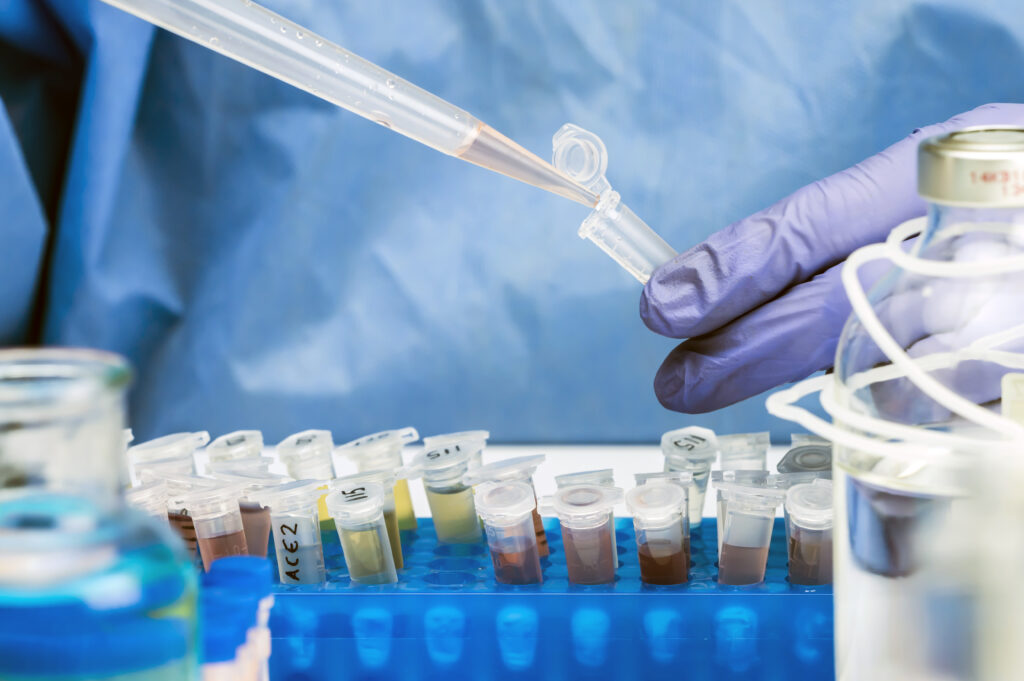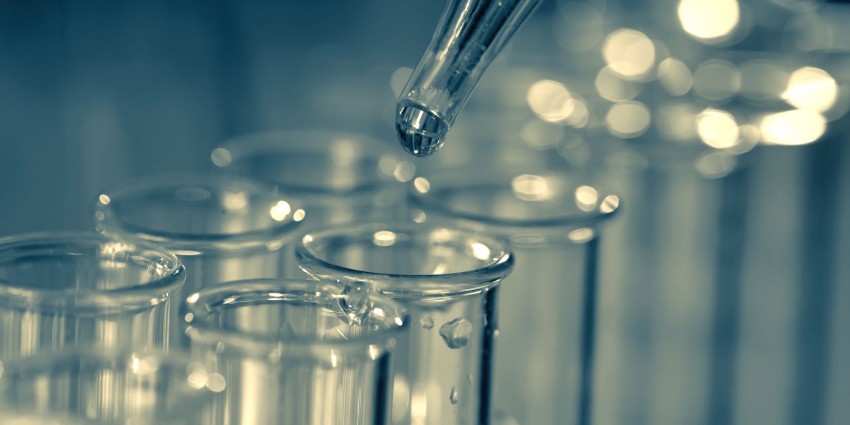Waste water testing, also known as sewage or effluent testing, is a crucial process in safeguarding the environment and public health. This essential practice helps monitor the quality of water discharged into rivers, lakes, and oceans, ensuring that it meets strict environmental standards. In this article, we will delve into the significance of waste water testing as an environmental safeguard.

The Importance of Waste Water Testing
- Protection of Aquatic Ecosystems: Waste water often contains pollutants like bacteria, chemicals, heavy metals, and nutrients that can harm aquatic ecosystems. Testing ensures that these pollutants are within permissible limits to safeguard aquatic life.
- Preservation of Water Quality: Discharging untreated or poorly treated waste water can degrade the quality of natural water bodies. Testing helps maintain the integrity of these precious resources for future generations.
- Human Health Concerns: Contaminated water bodies can pose health risks to humans who come into contact with the water for recreational, fishing, or drinking purposes. Waste water testing helps prevent these health hazards.
- Compliance with Regulations: Regulatory agencies set strict guidelines for waste water discharge to protect the environment. Testing is essential to ensure compliance with these regulations and avoid legal consequences.
The Waste Water Testing Process
Waste water testing involves several key steps:
- Sampling: Regular and representative samples of waste water are collected from treatment facilities before discharge into the environment.
- Chemical Analysis: These samples are analyzed for various parameters, including biological oxygen demand (BOD), chemical oxygen demand (COD), pH levels, nutrient content (e.g., nitrogen and phosphorus), heavy metals, and specific pollutants.
- Biological Testing: Some tests involve measuring the impact of waste water on living organisms to assess toxicity and potential harm to aquatic life.
- Monitoring and Reporting: The results are monitored over time, and reports are generated to ensure that the waste water treatment processes are effective and environmentally safe.

Treatment and Regulation
Effective waste water treatment is crucial to ensure that effluent meets environmental standards. Treatment processes can include physical, chemical, and biological methods to remove or reduce contaminants.
Regulatory agencies, such as the Environmental Protection Agency (EPA) in the United States, set and enforce stringent standards for waste water discharge. Non-compliance can result in fines and penalties.
Conclusion
Waste water testing is a fundamental environmental safeguard that helps protect aquatic ecosystems, preserve water quality, and ensure public health. It plays a critical role in holding industries, municipalities, and waste water treatment facilities accountable for their impact on the environment.
By monitoring and regulating the quality of waste water, we can mitigate the adverse effects of pollution, maintain the health of our water bodies, and contribute to a sustainable and cleaner environment for all.
Frequently Asked Questions
What are some common pollutants found in waste water?
Common pollutants include organic matter, nutrients (nitrogen and phosphorus), heavy metals (e.g., lead, mercury), pathogens (bacteria and viruses), and various chemicals (e.g., pesticides, pharmaceuticals).
How is waste water treated before discharge into the environment?
Wastewater treatment involves primary, secondary, and sometimes tertiary processes that remove solids, organic matter, and contaminants. This can include physical, chemical, and biological treatment methods.
Can waste water be reused after treatment?
Yes, treated wastewater, often called reclaimed water, can be used for non-potable purposes such as irrigation, industrial processes, and even some forms of indirect potable reuse after advanced treatment.
What are the consequences of improper waste water discharge?
Improper discharge of untreated or poorly treated wastewater can lead to water pollution, harm aquatic life, cause health issues for humans, and result in legal penalties for violators.
How can individuals contribute to waste water quality?
Individuals can contribute by reducing water usage, properly disposing of hazardous materials, and being mindful of what they flush down drains or toilets to reduce the burden on wastewater treatment facilities.
Author Bio
Mr. Parthiv Kinariwala is a leading expert in calibration and testing services, with over 20 years of experience in the industry. As the founder of Prism Calibration, established in 2004, Mr. Kinariwala has been at the forefront of delivering precise and reliable calibration, testing, and validation solutions across various industries. His expertise in providing services that meet international calibration standards has earned the trust of major clients, including Reliance Industries, Zydus Cadila, Indian Oil, ONGC, Adani, and Tata.
With a deep understanding of instrumentation, measurement accuracy, and industrial testing, Mr. Kinariwala ensures that each client receives exceptional service tailored to their specific needs. His unwavering commitment to quality and precision has established Prism Calibration as a trusted partner for some of the largest and most respected organizations in the industry.







